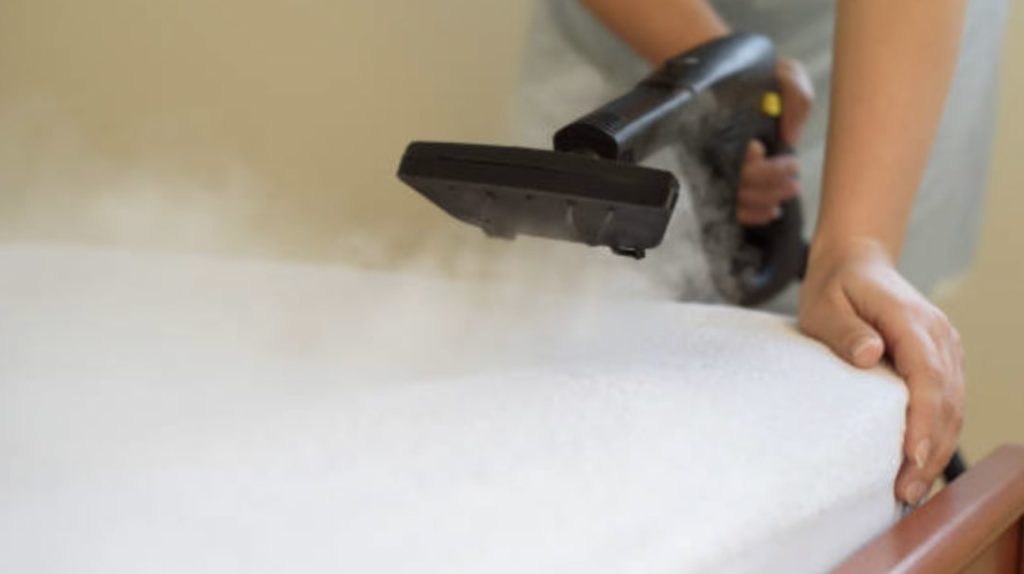4 Signs and Effects of a Bad Mattress
If you have felt uncomfortable sleeping on your mattress, don’t put up with it any longer. Consider replacing it soon.
Otherwise, this can lead to poor-quality sleep along with its effects, like an increased risk of high blood pressure and diabetes as well as sharp aches or pain or long-term injury, according to this study.
But to prevent them from harming you, we’ll be looking into some of the signs and effects of a bad mattress here. So, let’s begin!
1) Lack of Support

A mattress with poor support is a sure sign of a bad mattress. It is very easy to catch because you feel it directly.
How do you feel when you wake up? Does your body feel energised and relaxed or sore and tight afterwards?
Your spine has to be kept natural and straight whenever you sleep. The foam you have should conform to your back and relieve pressure on the heavier parts of your body.
Furthermore, having a soft pillow also helps your body to sleep comfortably. You may even want to add a mattress topper to increase your comfort level whilst lounging or sleeping.
But, then again, the right mattress type and firmness will depend largely on the sleeper’s body, weight, and preferences.
2) Sagging Mattress

Naturally, mattresses sag over time as a result of supporting your body night after night. Therefore, as you sit or sleep, you will feel that the bed is uneven on a certain side, which somehow, annoyingly pushes you off of it.
It sounds harmless, but in fact, it can disrupt your sleep quality. Due to an indented shape, you’ll be forced to sleep in an unnatural position, putting tight and/or painful pressure on your body and neck.
Luckily, this problem is extremely easy to resolve. Just rotate the mattress on the opposite side, flip it upside down, or place a pillow beneath the sinking spot of the bed.
3) Excessive Heat

Another common mattress issue is trapping too much heat. This makes you feel hot and sweaty when you sleep overnight, especially if you don’t have an air conditioner installed.
Given its material and structure, an innerspring mattress can provide better air circulation than its foam counterpart, giving the sleeper a cooler and more comfortable sleeping surface.
Also, some manufacturers even use gel-infusion or phase-change materials in order to reduce heat buildup. However, they tend to wear down over time as well and cause the mattress to sink further in.
4) Dust Mite Presence

Our bodies shed tiny dead skin cells on our beds which attract dust mites. While dust mites don’t bite, their presence worsens people’s allergies in the form of skin rashes, watery eyes, sneezing, and runny nose, among other symptoms.
These egg-laying insects tend to be more in coil mattresses rather than foam mattresses because of the spaces where they can take shelter in. To keep them at bay, aim to vacuum your mattress regularly.
Alternatively, you can use a mattress protector to keep them out of the mattress while maintaining its cleanliness and hygiene.

